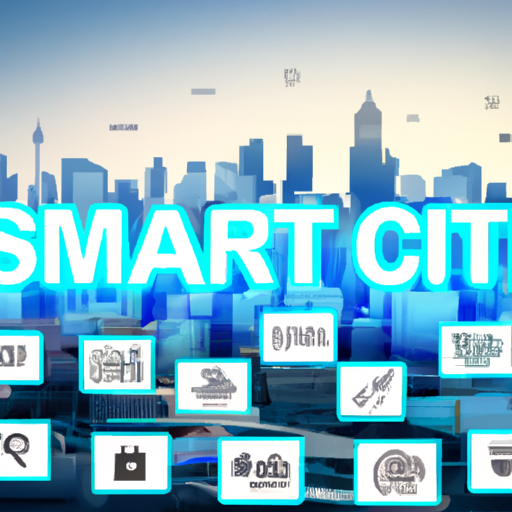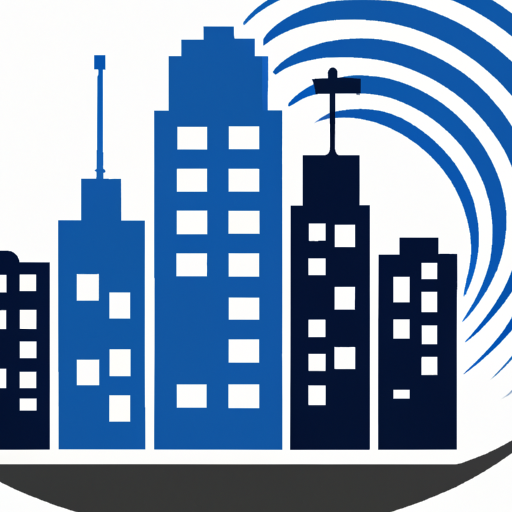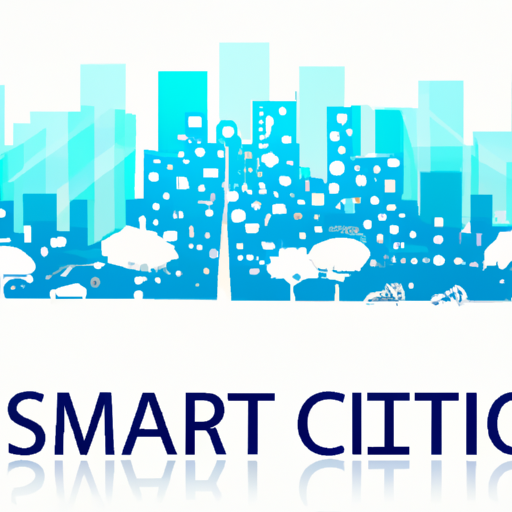In the rapidly evolving landscape of urban development, smart infrastructure is at the forefront of innovation. Cities worldwide are embracing advanced technologies to enhance the quality of life for their residents while promoting sustainability and efficiency. As urban populations continue to grow, the integration of intelligent systems into our infrastructure has never been more critical.
What is Smart Infrastructure?
Smart infrastructure refers to the integration of Internet of Things (IoT) technology with physical systems and services in urban environments. This includes everything from smart roads and bridges to intelligent energy and waste management systems. The goal is to create environments that not only respond to the needs of their inhabitants but also efficiently use resources.
Key Innovations Driving Smart Infrastructure
Several key innovations are currently transforming urban landscapes:
- Smart Transportation: Smart traffic management systems utilize real-time data to optimize traffic flow, reduce congestion, and improve public transportation efficiency.
- Energy Efficiency: Renewable energy sources combined with smart grids allow cities to harness and distribute energy more effectively, reducing carbon footprints.
- Waste Management: IoT-enabled waste bins can communicate when they are full, allowing for more efficient collection routes and reducing unnecessary pickups.
- Smart Water Management: Sensors monitor water quality and usage, helping municipalities manage this precious resource while minimizing waste.
The Benefits of Smart Infrastructure
Implementing smart infrastructures offers numerous benefits, including:
- Improved quality of life for citizens through increased mobility and access to services.
- Enhanced sustainability, contributing to climate goals and reducing environmental impact.
- Cost savings for municipalities through improved efficiencies and resource management.
Challenges to Implementation
Despite its potential, the journey towards smart cities is not without challenges. These include the high costs of initial investments, concerns over privacy and data security, and the need for collaboration across diverse stakeholders. Addressing these challenges is essential for cities aiming to reap the full benefits of smart infrastructure.
Conclusion
As we look towards the future, the push for smart infrastructure continues to gain momentum. Cities that invest in these innovations today will not only improve urban living but also set the standard for sustainable and efficient city planning for generations to come.
Stay informed and engaged with the latest developments in urban innovation and how they can transform the way we live, work, and interact in our cities.








